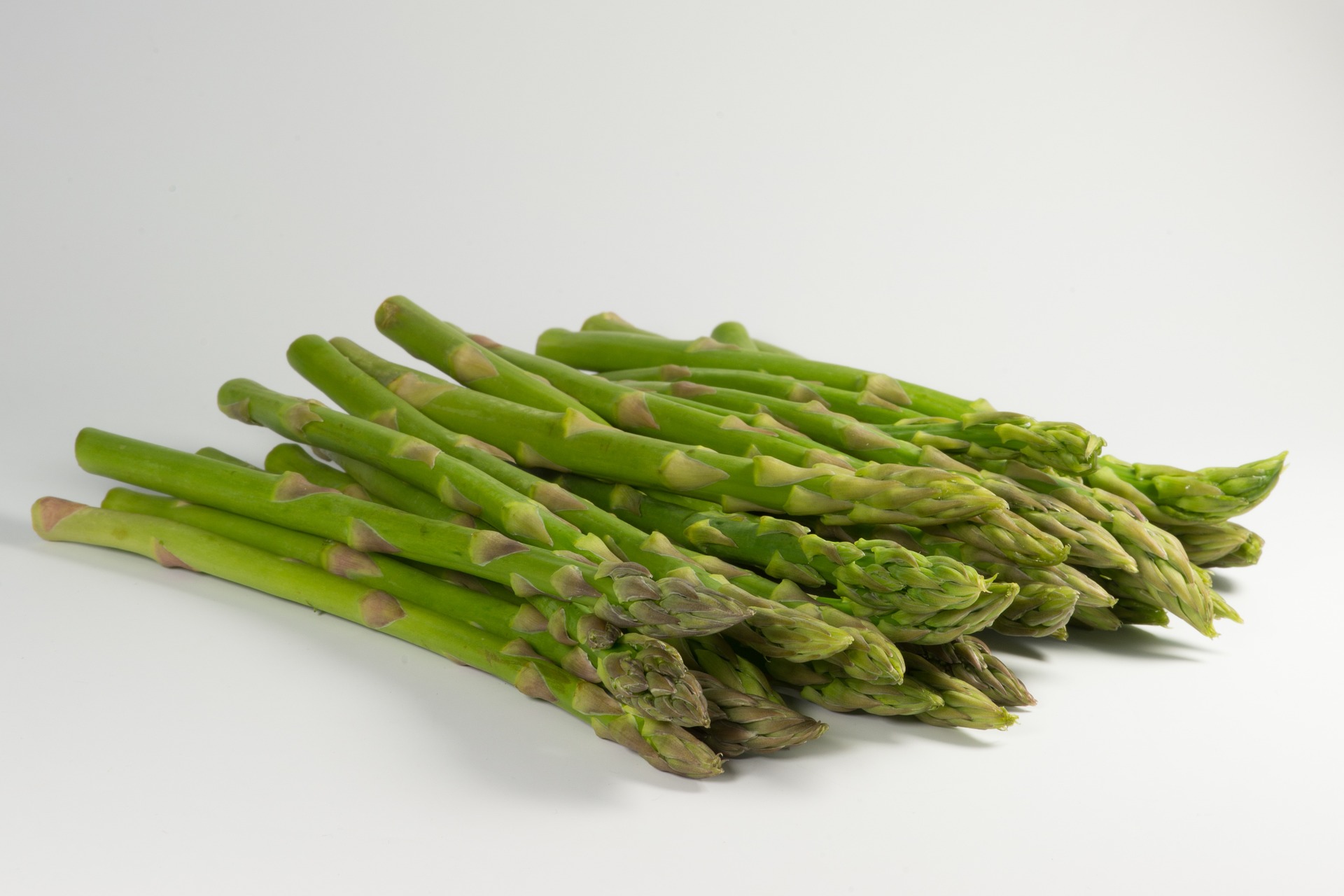Gourmets are already looking forward to the asparagus season again.
Asparagus season will soon begin – a highlight of the year for fans of the spring vegetable. To ensure that the asparagus on your plate tastes good, there are a few things to remember when buying and preparing it.
What are the characteristics of fresh asparagus?
When buying asparagus, consumers should use all their senses. Fresh white asparagus smells pleasant; the spears are slightly shiny, have no cracks and are not bendable. However, the firmness should only be tested carefully – because fresh asparagus breaks easily.
Something different with asparagus
The ends of the asparagus also give an important indication of freshness. But they, in particular, are often hidden by casings when sold. If possible, buyers should take a look underneath to detect likely mould. According to the Federation of German Consumer Organizations (VZBV), the cut ends should be bright and juicy, not brownish or dry. The heads of the asparagus spears should be tightly closed and not soft or mushy when pressed.
How reliable is the so-called squeak test?
Fresh asparagus squeaks when the spears are rubbed together can signify freshness. However, consumer protectionists point out that asparagus stored in a damp place also squeaks.
Which asparagus should be purchased?
Consumer protectionists advise buying regional, freshly cut asparagus. The stalks should be offered best loose. Because with packaged asparagus, it is often not possible to properly assess the freshness of the vegetable.
Asparagus spears from heated greenhouses or goods from overseas should be viewed critically from an environmental point of view. But freshly harvested, regional asparagus also offers advantages in terms of taste. After all, the delicate spears lose their aroma and tenderness after piercing – the longer the transport route, the more so.
Which asparagus varieties are offered?
White asparagus is the most popular. It is pricked before the tips break through the mounded earth and therefore does not store chlorophyll. According to experts, this is how its soft taste is created.
Purple asparagus breaks through the soil and tastes a bit stronger than white but is prepared the same way. Green asparagus does not grow in mounds but above the ground. This is how it gets its colour and strong flavour.
What are the commercial classes all about?
Although classifying asparagus into quality grades is no longer mandatory, it is still quite common. Many traders are guided by the internationally valid UNECE standard with the three quality grades Extra, I and II. However, these do not say anything about the taste or freshness of the product but are based on external characteristics – such as how long or thick the sticks are.
Slightly curved or unsorted asparagus is often less expensive, but its quality is generally not inferior. It is usually offered as broken or soup asparagus and is well-suited. According to consumer protection experts, indicating the country of origin and the price per kilogram when selling asparagus is obligatory. In the case of peeled asparagus, the head does not have to be indicated.
How healthy is asparagus?
One serving (500 grams) covers about 80 percent of the daily requirement of vitamins C and E and the absolute necessity of folic acid. Green asparagus’s vitamin C and folic acid content is higher than white’s. Asparagus also has few calories and provides long-lasting satiety. The fibre contained in the vegetable also promotes healthy bowel function, and the protein-building block asparagine stimulates kidney activity.
How is asparagus properly stored and prepared?
Asparagus is best eaten fresh but will be kept unpeeled and wrapped in a damp cloth for up to three days in the refrigerator’s vegetable drawer. Asparagus can also be frozen well: to do this, peel the vegetable, cut off the ends and freeze raw.
The asparagus must be washed and peeled down below the heads for consumption. For green asparagus, it is enough to peel only the lower third. The ends must be cut off – the woodier, the more. White asparagus is cooked after 15 to 25 minutes, depending on the thickness of the stalks, and green asparagus after 10 to 15 minutes.
This post has already been read 1380 times!



